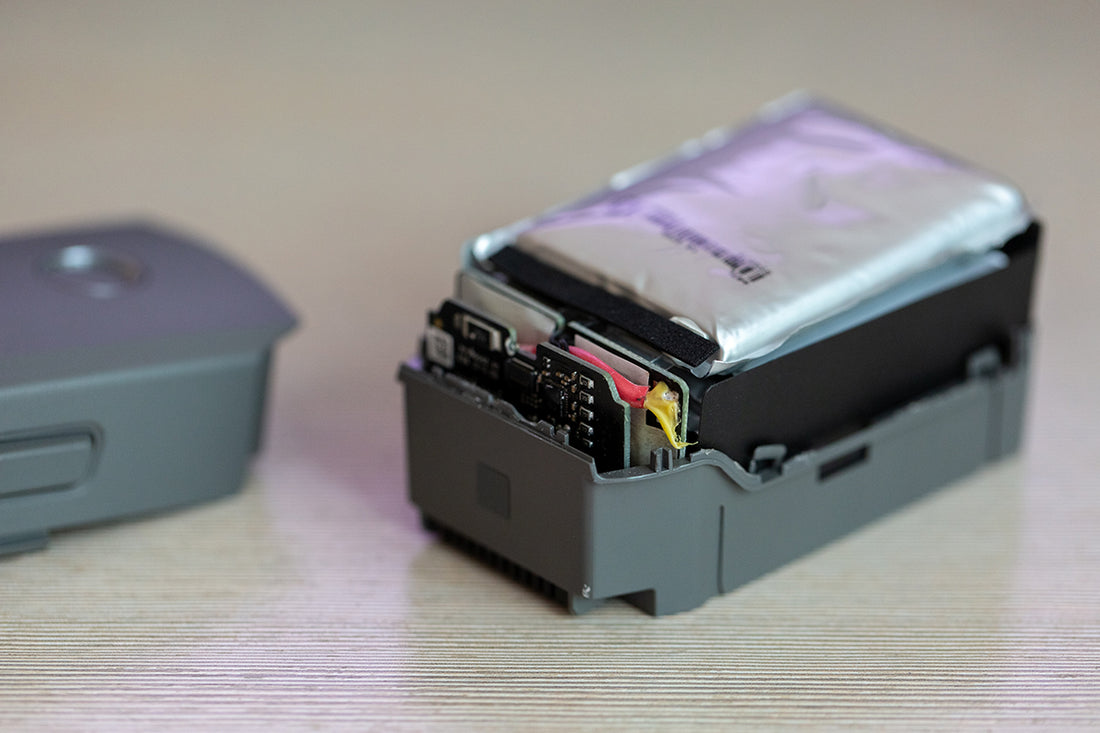
Safety Tips for Handling and Charging Lipo Batteries
Share
Lipo (Lithium Polymer) batteries are a popular choice for powering a wide range of electronic devices, from drones and RC cars to smartphones and laptops. Their high energy density and lightweight nature make them ideal for applications where power and portability are essential. However, mishandling or improper charging of Lipo batteries can lead to serious safety hazards, including fires and explosions. In this blog post, we will discuss essential safety tips for handling and charging Lipo batteries to ensure safe usage and longevity.
Understanding Lipo Batteries
Lipo batteries are composed of multiple cells, each containing a lithium-polymer electrolyte. They are known for their ability to deliver high power output, making them suitable for high-performance applications. However, this high energy density also means that they require careful handling and charging to prevent damage and ensure safety.
Safety Tips for Handling Lipo Batteries
-
Use a Fireproof Storage Bag
When not in use, store your Lipo batteries in a fireproof storage bag or container. This precaution helps contain any potential fire or explosion caused by battery failure, protecting your surroundings.
-
Inspect Batteries Regularly
Before each use, inspect your Lipo batteries for any signs of damage, such as swelling, punctures, or exposed wires. Do not use damaged batteries, as they are more likely to fail and pose safety risks.
-
Avoid Physical Damage
Handle Lipo batteries with care to avoid physical damage. Dropping or puncturing a battery can lead to internal damage, increasing the risk of fire or explosion.
-
Keep Batteries Cool
Store and use Lipo batteries in a cool, dry environment. Avoid exposing them to extreme temperatures, as high heat can cause the battery to overheat and potentially ignite.
-
Avoid Over-Discharging
Do not discharge Lipo batteries below their recommended voltage level. Over-discharging can cause irreversible damage to the cells, reducing the battery’s lifespan and performance. Use a voltage alarm or monitor to prevent over-discharging.
Safety Tips for Charging Lipo Batteries
-
Use a Lipo-Specific Charger
Always use a charger designed specifically for Lipo batteries. These chargers are equipped with features like balance charging, which ensures that each cell in the battery is charged evenly, reducing the risk of overcharging or cell imbalance.
-
Charge in a Safe Location
Charge your Lipo batteries on a non-flammable surface and away from flammable materials. Ideally, use a Lipo-safe charging bag or container to contain any potential fire or explosion.
-
Monitor the Charging Process
Never leave your Lipo batteries unattended while charging. Monitor the charging process and be on the lookout for any signs of overheating, swelling, or unusual behavior. If you notice any issues, stop the charging process immediately and disconnect the battery.
-
Charge at the Correct Voltage and Current
Ensure that your charger is set to the correct voltage and current settings for your specific Lipo battery. Overcharging or charging at too high a current can cause the battery to overheat and potentially fail.
-
Allow Batteries to Cool Down
After charging, allow your Lipo batteries to cool down before using them. Using a hot battery can lead to overheating and reduce the battery’s performance and lifespan.
-
Store Partially Charged
If you need to store your Lipo batteries for an extended period, store them at a partial charge (typically around 50-60%). Fully charged or fully discharged batteries can degrade more quickly during storage.
-
Dispose of Batteries Properly
If you have damaged or old Lipo batteries that you need to dispose of, do so properly according to local regulations. Do not throw them in the regular trash, as they pose a fire hazard. Many communities have specific disposal programs for electronic waste, including batteries.
Conclusion
Lipo batteries are powerful and versatile, but they require careful handling and charging to ensure safety. By following these safety tips, you can enjoy the benefits of Lipo batteries while minimizing the risks associated with their use. Always prioritize safety, and don’t hesitate to seek professional advice if you’re unsure about any aspect of handling or charging your Lipo batteries.
